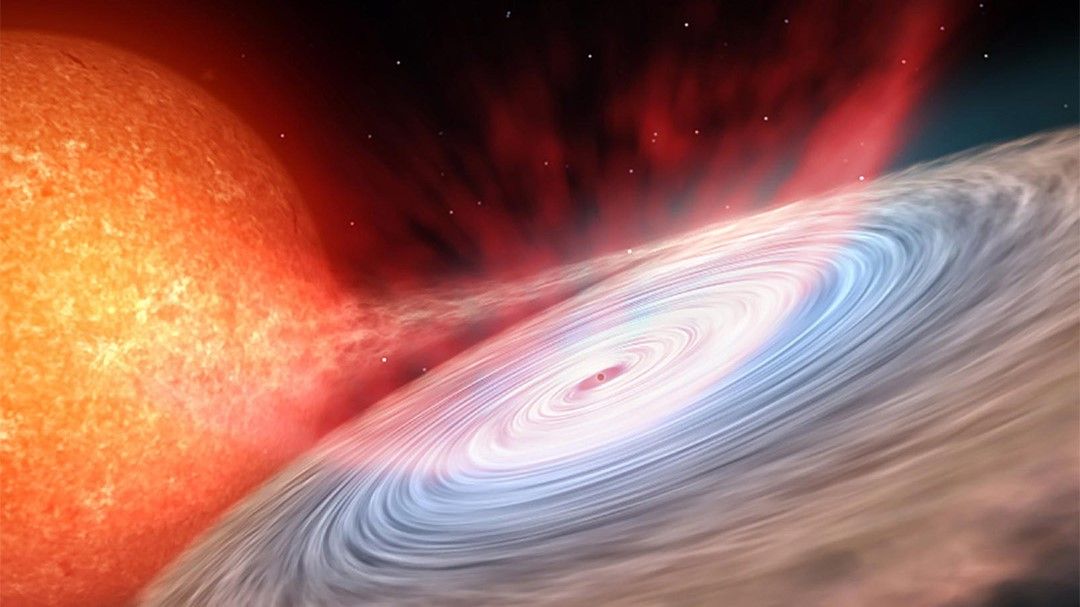Are you fascinated by the mysteries of the universe? Have you ever wondered what is out there, beyond the stars? If so, then you’ll be excited to hear about the recent research that has been conducted on Scorpius X-2, a neutron star accreting matter from a low-mass binary companion. Astronomers are getting closer to finding sources of continuous gravitational waves, and this research could be a major step forward in our understanding of the universe.
In this blog post, we’ll take a look at the research and explore how it could help us learn more about the mysterious universe beyond our own. Scorpius X-2 is a binary system 9,000 light-years away, featuring a 1.4-solar-mass neutron star accreting material from a companion star with half the mass of our sun. As the stolen gas flows onto the surface of the neutron star, it grows hot and radiates brightly in X-rays. The accretion of the material results in the neutron star becoming asymmetrically deformed as the gas piles up, and this deformation results in a torque (a rotational force) being imparted on the neutron star’s spin, speeding it up.
So far, astronomers have only detected gravitational waves in the form of brief bursts from the mergers of black holes and neutron stars. However, non-merging compact objects can in theory produce a nonstop torrent of gravitational waves, albeit weaker than those emitted by mergers. In particular, low-mass X-ray binary systems, in which a dense neutron star sweeps up matter torn from a close companion star, are likely suspects for emitting continuous gravitational waves.
Analyzing data from the system’s third observing run, which ran from April 2019 to the onset of the COVID-19 pandemic in early 2020, scientists were unable to detect continuous gravitational wave emission from Scorpius X-2. However, they were able to place much tighter constraints on the strength and frequency of any continuous gravitational waves — constraints that suggest such signals could be detectable during the collaboration’s next observing run, which is scheduled to begin in May and will be much more sensitive than previous observing runs, detecting fainter gravitational-wave signals.
Calculations suggest that the rate of flow of material onto a neutron star (indicated by the strength of the X-rays) is correlated with the frequency of a neutron star’s spin and the frequency of gravitational waves it emits, since the higher accretion rate results in a stronger torque. In order for the system to remain in equilibrium so that the neutron star doesn’t fly apart, the stronger rotational torque causes an equally strong torque exerted by the emission of the gravitational waves that acts in the opposite direction so that the system is in balance.
Discovering the continuous emission of gravitational waves from such a system would allow scientists to gain greater insights into the process of accretion in low-mass X-ray binaries, as well as the properties of neutron stars in those systems. This research could help us learn more about the mysterious universe beyond our own, and could potentially lead to the discovery of new sources of continuous gravitational waves.
So stay tuned for more exciting news as the collaboration’s next observing run begins in May. Who knows what mysteries this research could unlock?
Source: www.space.com
